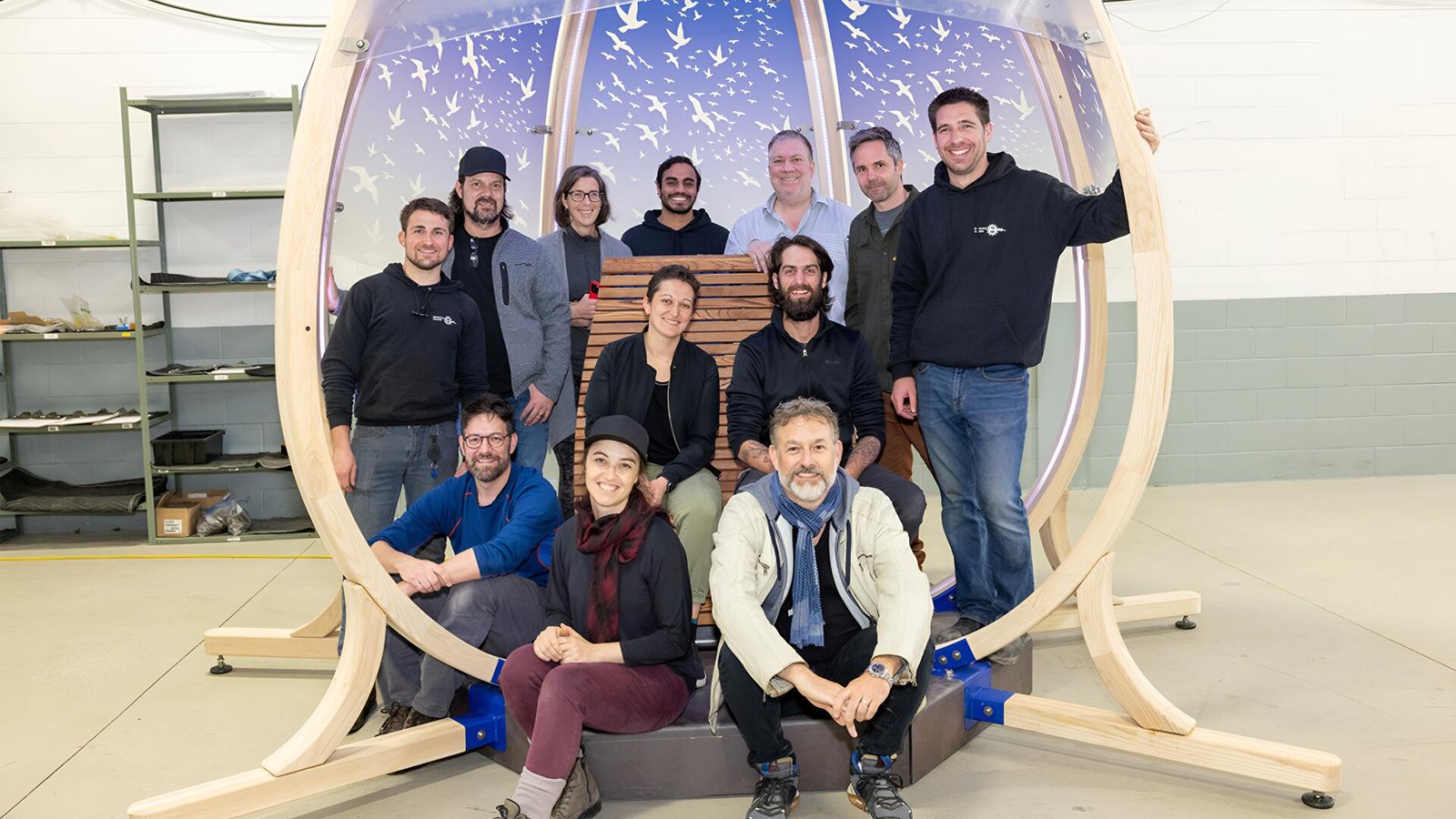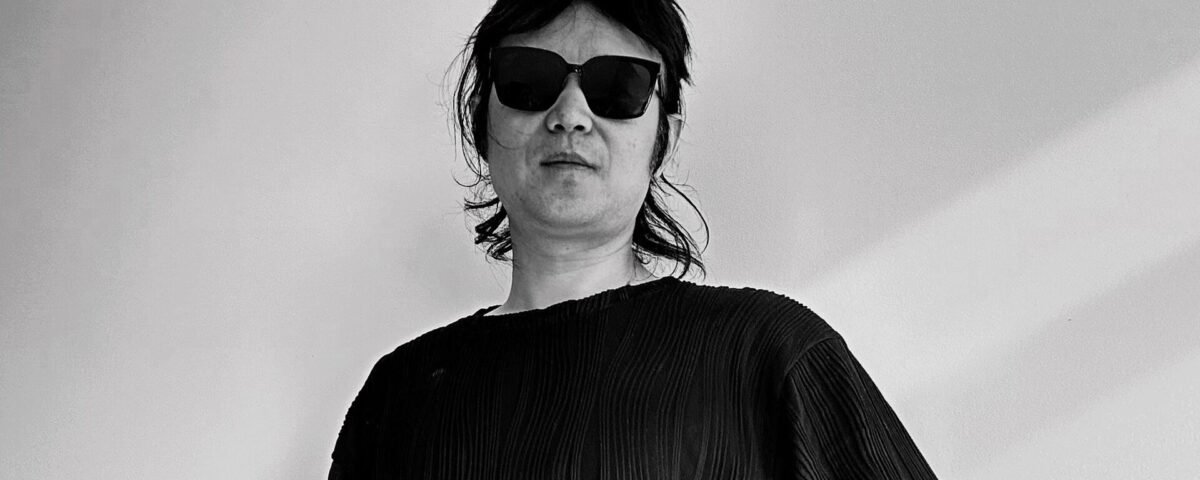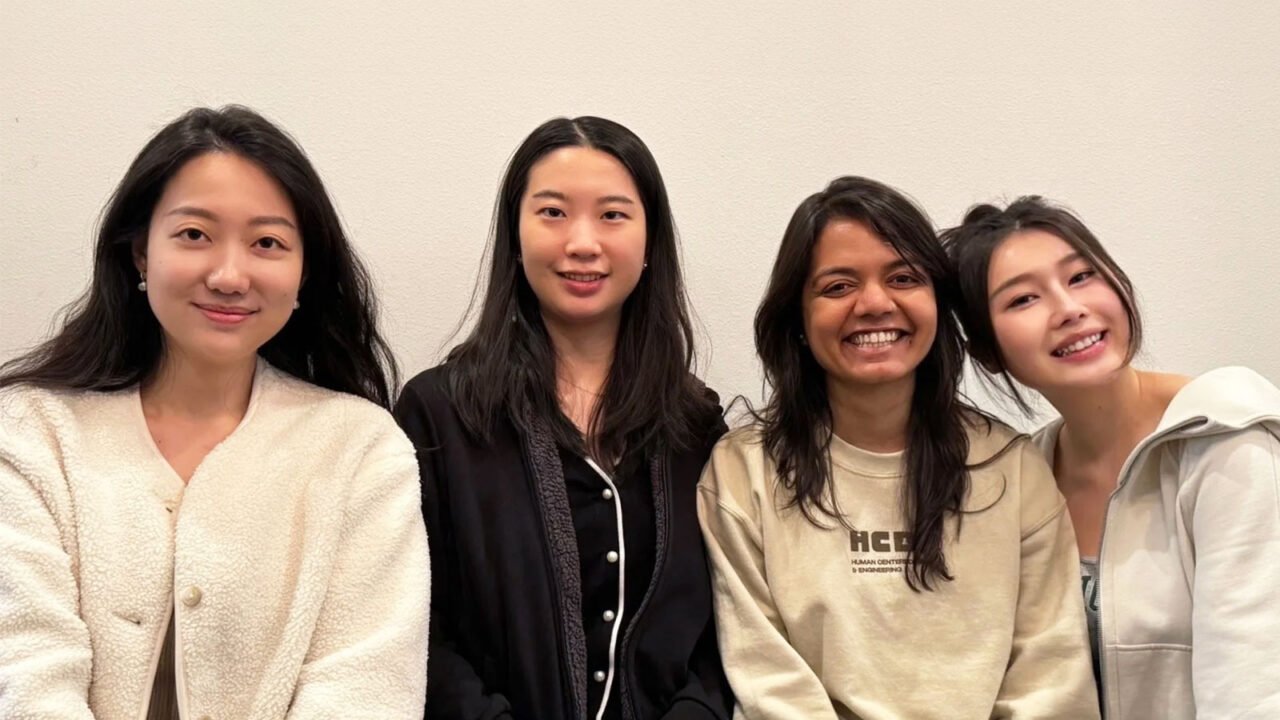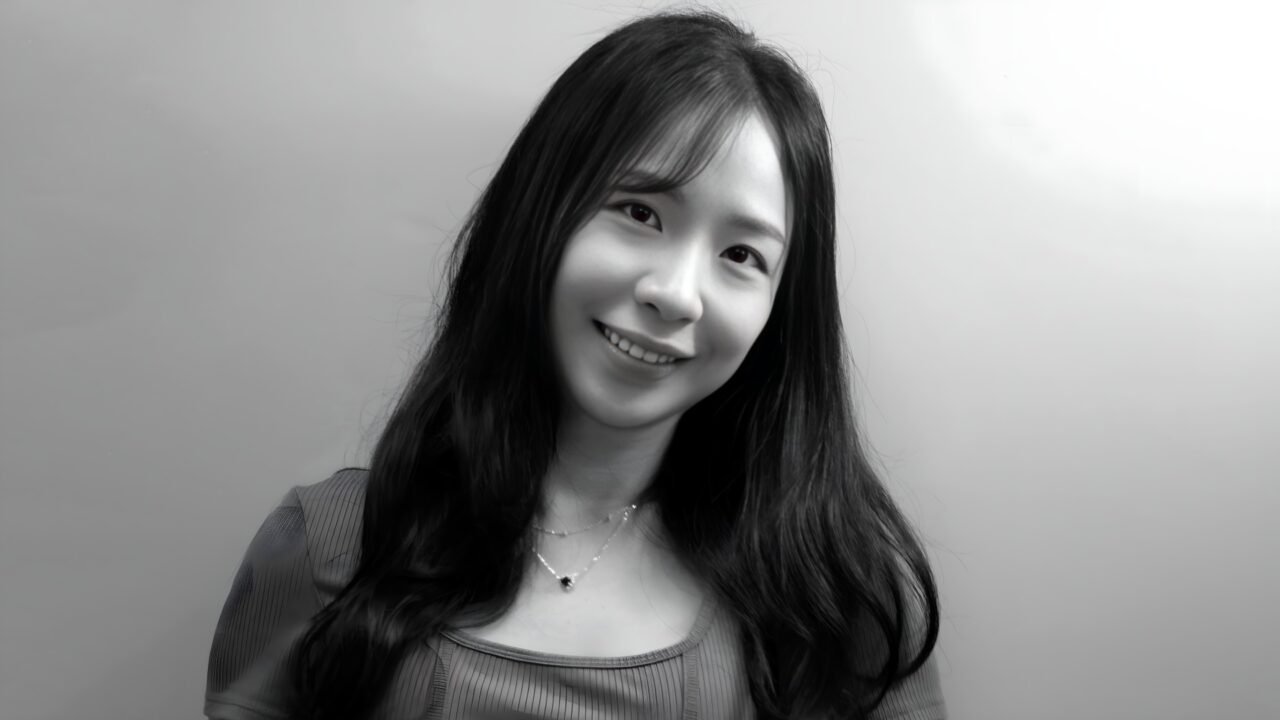
Public Imagination, Private Ingenuity: The INIT Approach to Urban Art
April 30, 2025
S/S 2023 ‘PINK FLOW’ Lookbook: Playful Worlds by Viktoria Marchev
May 1, 2025Shuai Zhang
Shuai Zhang is an independent architect whose work reflects a commitment to designing spaces that are both emotionally resonant and contextually grounded. With a decade of experience across residential and commercial projects, Shuai focuses on architecture as a quiet but powerful form of connection—between people, place, and purpose.
The defining concept behind my award-winning project was to create a design that responds organically to its surroundings while offering a unique spatial experience. I was inspired by the idea of natural flow—how people move through space, how light travels, and how architecture can harmonize with both the environment and the users' needs.
My goal was to use simple yet expressive forms and thoughtful material selection to create a structure that feels both innovative and grounded. Ultimately, it’s about designing with purpose—making spaces that are not only beautiful but also meaningful and engaging.
My journey into architecture began with a fascination for how spaces shape human experience. Early on, I was drawn to the way buildings could influence mood, behavior, and interaction. Over the past decade, I’ve worked on a diverse range of projects—from commercial developments to residential designs—which has deepened my understanding of how architecture can respond to both functional needs and emotional connections.
What inspires me most is the ability to transform abstract ideas into tangible environments that improve people’s everyday lives. Architecture, to me, is both a creative expression and a social responsibility.
Yes, during the design phase, one of the unexpected challenges was adapting the original concept to strict site and zoning constraints. Balancing creative ambition with technical limitations required a lot of flexibility and problem-solving. I had to rethink certain spatial relationships, modify building forms, and refine material choices—without compromising the core vision of the project.
These constraints, in the end, actually helped shape a more grounded and efficient design. They pushed me to focus even more on essential elements, resulting in a final outcome that was not only visually strong but also practical and responsive to its context.
My design process begins with deep observation and research. I spend time understanding the site, its surroundings, the users’ needs, and the broader social and environmental context. From there, I start sketching ideas—both conceptually and spatially—focusing on how form, function, and experience can come together.
Once a strong concept takes shape, I develop it further through drawings, 3D models, and material studies, continuously testing how the design performs both aesthetically and practically. I stay closely involved through every stage—from design development to detailing—ensuring that the core vision is preserved all the way to completion. I see design as a dialogue: between space and people, idea and reality.
This award serves as both a recognition of my current work and a motivator for future projects. It encourages me to continue pushing creative boundaries, knowing that thoughtful, innovative design is valued. It also opens new opportunities for collaboration and exposure, allowing me to reach a wider audience and connect with other like-minded professionals.
As I move forward, this recognition will inspire me to maintain a balance between creativity and responsibility, ensuring that my future projects continue to evolve while staying true to my core design values.
A project I’ve always dreamed of bringing to life is a community-focused, sustainable design that blends architecture with nature. I envision creating a space where people can come together, reconnect with the environment, and learn sustainable practices through their daily interactions with the built environment.
This idea inspires me because it combines my passion for design with my belief in social responsibility. It’s about creating spaces that not only look beautiful but also help foster a greater sense of community, well-being, and environmental awareness.
In the next decade, I see the architectural field increasingly embracing sustainability, technological innovation, and adaptive reuse. Architecture will continue to evolve as a response to global challenges such as climate change, resource depletion, and the growing need for human-centered spaces. I believe that architecture will become more integrated with technology, especially through smart building systems, AI-driven design tools, and sustainable materials that help minimize environmental impact.
As for my contribution, I envision myself being part of this evolution by focusing on creating designs that are not only aesthetically pleasing but also socially and environmentally responsible. I want to push the boundaries of how architecture can contribute to a more sustainable, equitable, and connected world. I will continue to explore innovative, nature-inspired design solutions while ensuring that each project respects the local context and community needs.
I see my designs contributing to the future of sustainable architecture by integrating natural systems, energy-efficient solutions, and materials that minimize environmental impact. I believe that sustainable design is not just about using green technologies but also about creating spaces that promote well-being, encourage connection to nature, and reduce waste.
Through my work, I aim to explore innovative ways to incorporate renewable energy, passive design strategies, and low-impact materials. At the same time, I focus on designing flexible, adaptable spaces that can evolve with the changing needs of both the environment and the community. Ultimately, my goal is to create architecture that is sustainable not just in terms of resources, but also in its ability to foster long-term, positive relationships between people and their surroundings.
If I could design anything without limits on budget or imagination, I would create a harmonious space that blends architecture, nature, and technology to foster human connection and well-being. It would be a global cultural hub—where people from all walks of life can come together, share ideas, and engage in meaningful exchanges.
The design would integrate sustainable technologies, biophilic elements, and spaces for creativity, wellness, and collaboration. I envision it as a place where architecture transcends its physical form, creating an environment that nurtures not only the mind but also the spirit.
Winning Entry
Steps of Tranquility | NY Architectural Design Awards
Steps of Tranquility is conceived as a spatial dialogue between people and nature. The terraced structure harmonizes with the surrounding topography, waterfront, and... (read more here)
Shuai Zhang
Shuai Zhang is an independent architect whose work reflects a commitment to designing spaces that are both emotionally resonant and contextually grounded. With a decade of experience across residential and commercial projects, Shuai focuses on architecture as a quiet but powerful form of connection—between people, place, and purpose.
Read more interviews about Public Imagination, Private Ingenuity: The INIT Approach to Urban Art here.






